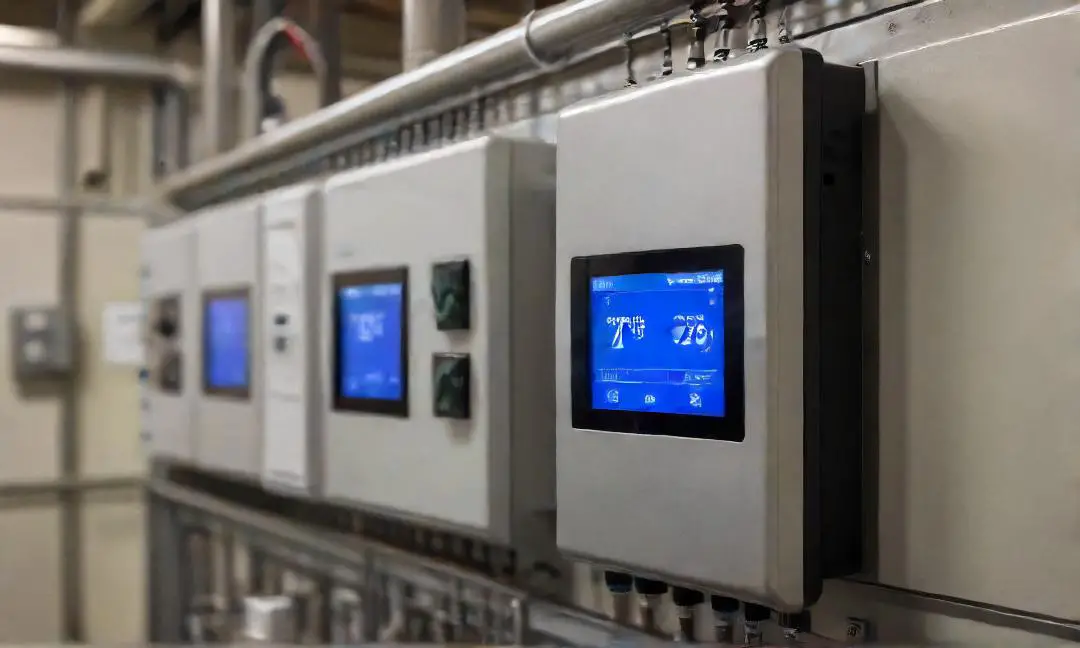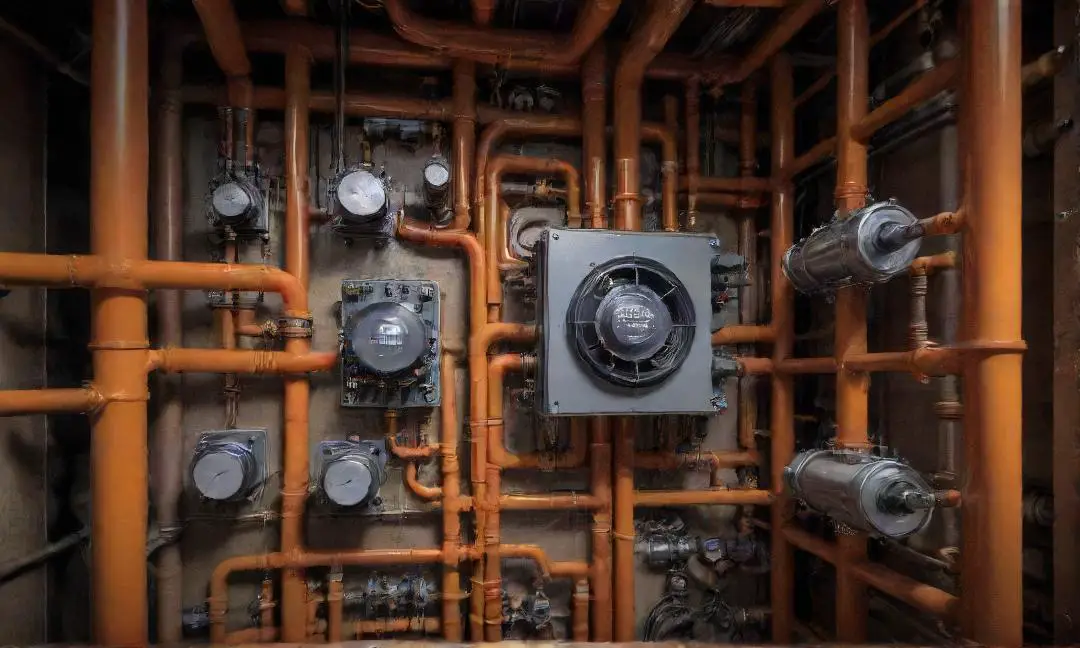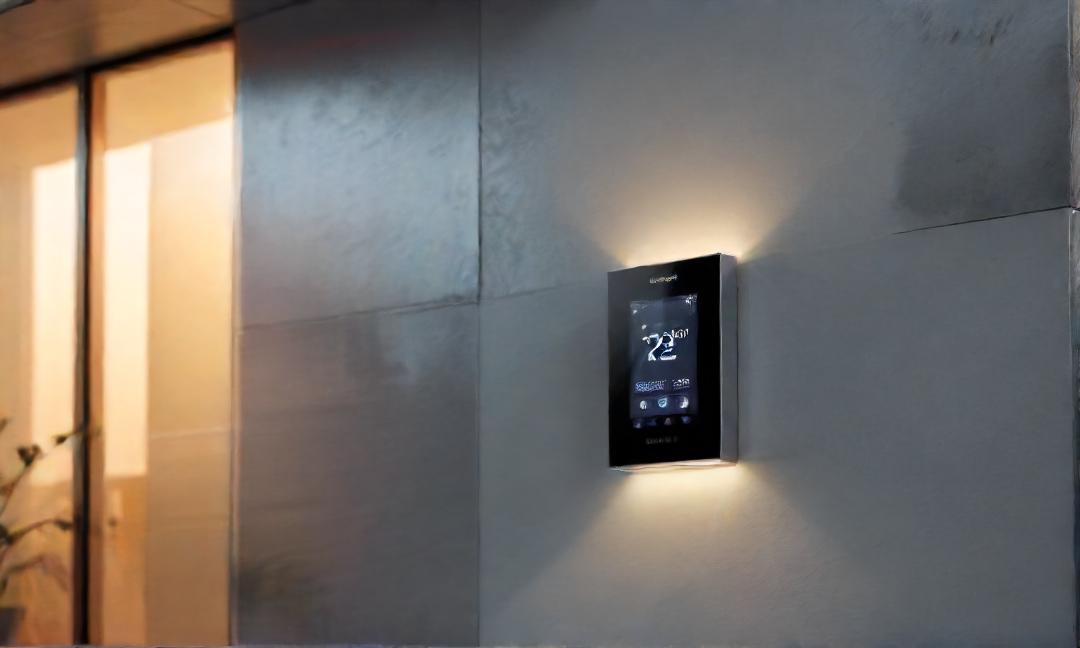
Maintaining Optimal Temperatures for Efficiency
Thermostats in industrial environments are crucial for maintaining optimal temperatures, ensuring that processes run smoothly and efficiently. By regulating the temperature accurately, thermostats help prevent overheating or underheating, which can lead to equipment malfunctions and production delays.
Ensuring Equipment Safety and Longevity
Another vital role of thermostats is to safeguard equipment by preventing it from operating at extreme temperatures. Consistent monitoring and control provided by thermostats help in prolonging the lifespan of machinery, reducing the risk of breakdowns and costly repairs.
Regulating Energy Consumption for Cost-Effectiveness
Thermostats aid in regulating energy consumption by optimizing temperature levels based on specific operational requirements. This not only contributes to cost-effectiveness but also promotes sustainability by reducing unnecessary energy usage, aligning with modern industrial practices.
Enhancing Process Control and Automation
Through precise temperature control, thermostats play a key role in enhancing process control and automation in industrial environments. By maintaining consistent temperatures, thermostats enable automated systems to function efficiently, leading to improved productivity and quality.
Importance of Calibration and Maintenance
Calibration and regular maintenance of thermostats are essential to ensure their accuracy and reliability. Proper calibration guarantees that the temperature readings are precise, enabling optimal performance of equipment and upholding the overall efficiency of industrial processes.
Types of Thermostats Used in Industrial Applications
Mechanical Thermostats for Simplicity and Reliability
Starting with the basics, mechanical thermostats are the workhorses of industrial heating systems. Their straightforward design and robust construction make them reliable in various industrial environments. These thermostats operate on simple temperature-sensitive mechanisms, providing a cost-effective solution for temperature control.
Electronic Thermostats for Precision and Programmability
Transitioning to electronic thermostats, these devices offer enhanced precision and programmability in industrial applications. By utilizing advanced sensors and microprocessors, electronic thermostats can maintain precise temperature levels, crucial for industries with strict temperature requirements. Their programmable features allow for customized temperature profiles, catering to diverse industrial processes.
Digital Thermostats for Remote Monitoring and Control
Next in line are digital thermostats, which bring convenience through remote monitoring and control capabilities. With digital displays and connectivity options, these thermostats enable industrial operators to monitor and adjust temperature settings from a distance. This feature is particularly beneficial for industries with large or complex heating systems, enhancing operational efficiency.
Smart Thermostats for Advanced Connectivity and Data Analysis
Introducing smart thermostats, the pinnacle of thermostat technology in industrial settings. These devices offer advanced connectivity options, such as Wi-Fi and cloud integration, allowing for real-time data analysis and system optimization. Smart thermostats provide valuable insights into energy consumption and system performance, empowering industrial facilities to make informed decisions for increased efficiency.
Choosing the Right Thermostat for Specific Industrial Needs
Touching on selecting the appropriate thermostat for industrial applications, it is essential to consider the specific needs of the facility. Factors such as temperature range, accuracy requirements, connectivity preferences, and budget constraints play a crucial role in deciphering the most suitable thermostat. By absorbing the unique demands of the industrial environment, businesses can optimize their heating systems for maximum performance and efficiency.
Common Challenges Faced with Industrial Thermostats
Inaccurate Temperature Readings Leading to Process Errors
Starting with the first hurdle, inaccurate temperature readings can wreak havoc on industrial processes. Picture this: your thermostat misreads the temperature, causing a domino effect of errors that disrupt the entire operation. It’s like a chef trying to cook blindfolded – disastrous and chaotic.
Thermostat Malfunctions Causing Equipment Downtime
Next up, we have thermostat malfunctions that lead to dreaded equipment downtime. Imagine your thermostat suddenly deciding to take a break, leaving your machinery idle. It’s akin to a traffic light malfunctioning during rush hour – a recipe for frustration and delays.
Compatibility Issues with Existing Industrial Systems
Another common challenge is compatibility issues with existing industrial systems. It’s like trying to fit a square peg into a round hole – simply doesn’t work. When thermostats clash with the system they’re meant to regulate, chaos ensues, much like a mismatched puzzle.
Limited Accessibility for Maintenance and Repairs
Then there’s the issue of limited accessibility for maintenance and repairs. It’s as if your thermostat decides to play hide-and-seek, making it a nightmare to fix or maintain. Just like a magician’s disappearing act, trying to locate and work on a hidden thermostat can be frustrating.
Strategies for Overcoming Thermostat Challenges Effectively
In closing, let’s talk about strategies for overcoming thermostat challenges effectively. Think of it as cracking a complex code – once you find the right solution, everything falls into place. By implementing proactive maintenance, regular checks, and swift troubleshooting, you can tackle thermostat challenges head-on and keep your industrial processes running smoothly.

Best Practices for Optimizing Thermostat Performance in Industries
Regular Monitoring and Calibration for Accuracy
Keeping a close eye on your thermostat’s performance is key to ensuring accurate temperature control. Regular calibration helps maintain precision, avoiding any unwanted fluctuations that could impact your industrial processes.
Implementing Redundant Thermostat Systems for Backup
Having a backup thermostat system in place is like having a spare tire for your car – you never know when you might need it, but you’ll be glad it’s there when you do. Redundancy adds an extra layer of security, ensuring uninterrupted operations even if one system fails.
Integrating Thermostats with IoT for Real-Time Insights
Embracing the power of IoT technology can revolutionize how you manage your industrial thermostats. By connecting them to the Internet of Things, you gain real-time insights into temperature trends, allowing for proactive adjustments and enhanced efficiency.
Training Staff on Proper Thermostat Usage and Troubleshooting
Just like driving a car, knowing how to operate your thermostat correctly is crucial for optimal performance. Providing comprehensive training to your staff ensures they understand the ins and outs of thermostat usage and empowers them to troubleshoot minor issues effectively.
Conducting Periodic Audits to Identify Improvement Opportunities
Regular audits serve as a reality check for your thermostat systems, highlighting areas where enhancements can be made. By proactively seeking out improvement opportunities, you can fine-tune your industrial processes and maximize efficiency.
Innovations in Thermostat Technology for Industrial Efficiency
Predictive Maintenance Features for Proactive Repairs
Imagine having a thermostat that can predict when maintenance is needed before an issue arises. These innovative features not only save time but also prevent costly repairs down the line. It’s like having a crystal ball for your industrial heating system!
Energy-Efficient Algorithms for Sustainable Operations
With the advancement of energy-efficient algorithms, industrial thermostats are now able to optimize operations whilst reducing energy consumption. It’s like having a smart thermostat at home, but on an industrial scale, ensuring sustainability and cost-effectiveness.
Cloud-Based Thermostat Management for Scalability
Cloud-based thermostat management brings a whole new level of scalability to industrial settings. Imagine being able to control and monitor multiple thermostats across different locations from one centralized platform. It’s like having a virtual command center at your fingertips!
Artificial Intelligence Integration for Adaptive Control
The integration of artificial intelligence into industrial thermostats allows for adaptive control based on real-time data analysis. It’s like having a thermostat that can learn and adjust to the specific needs of your industrial environment, ensuring optimal performance at all times.
Future Trends in Industrial Thermostat Development
As technology continues to evolve, the future of industrial thermostat development looks promising. From enhanced connectivity to advanced sensors, the possibilities are endless. It’s like stepping into a world where thermostats are not just devices but intelligent partners in industrial efficiency.

Conclusion: Harnessing the Power of Thermostats in Industrial Settings
Recap of the Crucial Role Thermostats Play in Industrial Operations
Thermostats are the unsung heroes of industrial setups, silently regulating temperatures to ensure smooth operations. Without these unassuming devices, chaos would reign supreme, leading to costly downtime and inefficiencies.
Importance of Investing in Quality Thermostat Solutions
Investing in top-notch thermostat solutions is akin to securing a reliable ally in the battle for operational efficiency. Cutting corners on thermostat quality is like using a leaky bucket to carry water – ineffective and bound to cause more problems than it solves.
Continuous Improvement Strategies for Enhanced Performance
In the fast-paced world of industrial operations, stagnation is not an option. Implementing continuous improvement strategies for thermostat performance is like giving your operations a turbo boost, enabling you to stay ahead of the curve and outpace the competition.
Empowering Industries with Smart Thermostat Technologies
Smart thermostat technologies are the future of industrial operations, offering unprecedented control and efficiency. Embracing these cutting-edge solutions is like upgrading from a flip phone to a smartphone – a game-changer that revolutionizes how things are done.
Encouraging Sustainable Practices Through Thermostat Innovation
Thermostat innovation not only drives efficiency but also fosters sustainability, aligning industrial practices with environmental consciousness. Embracing sustainable thermostat practices is like planting a tree – a small act that can lead to significant positive impacts for the planet and future generations.
